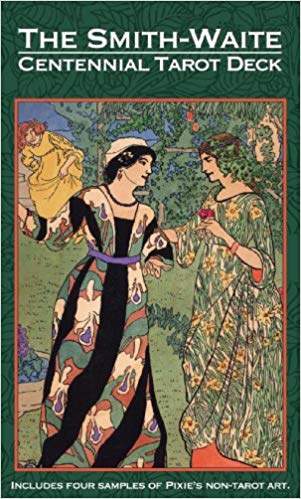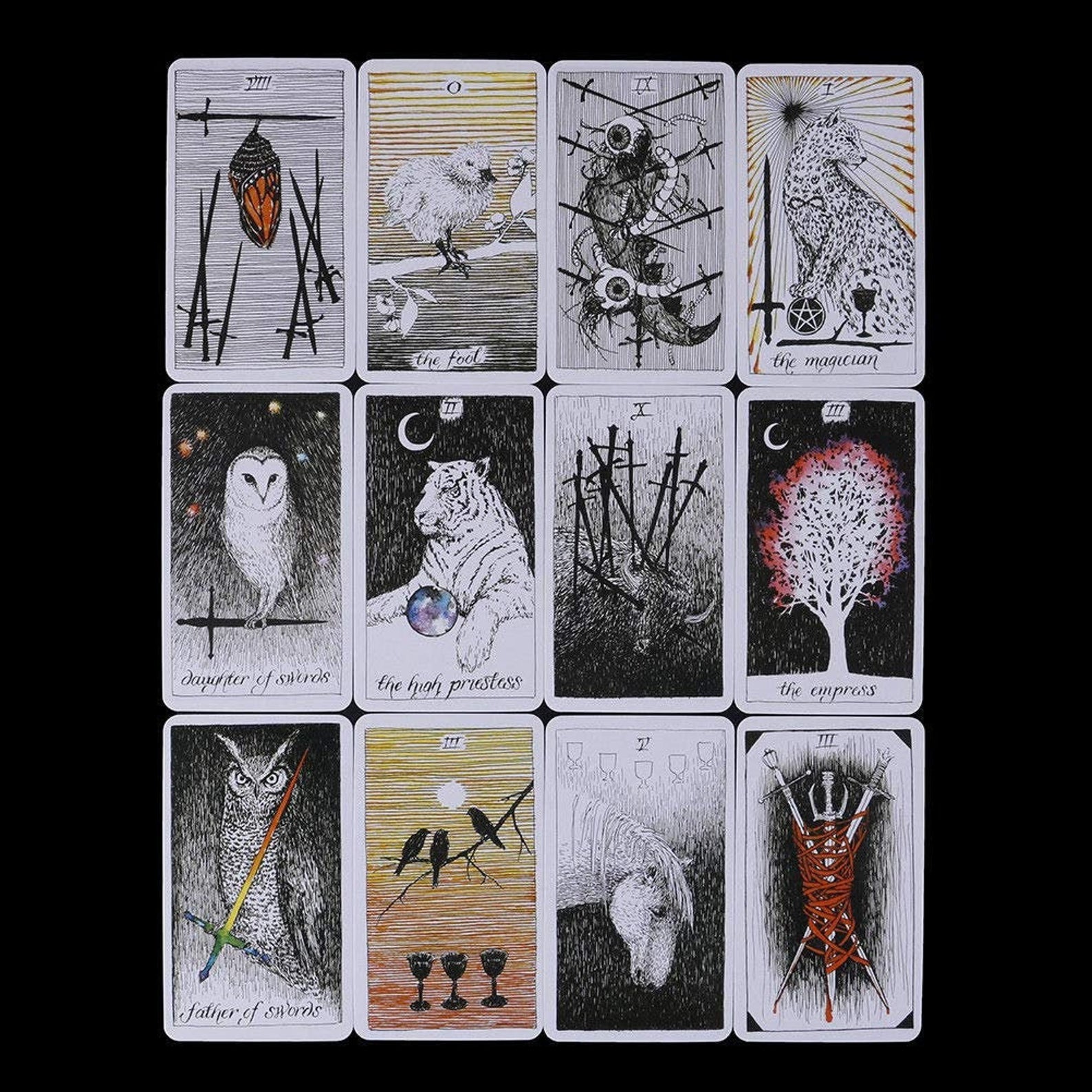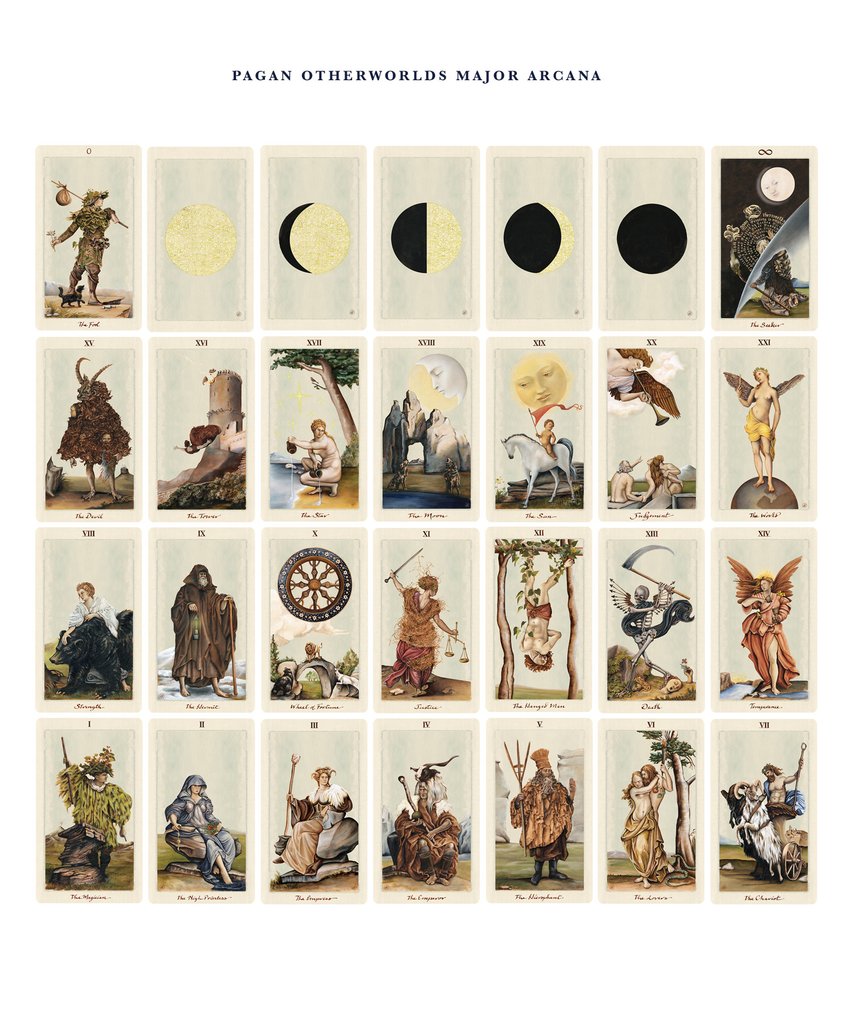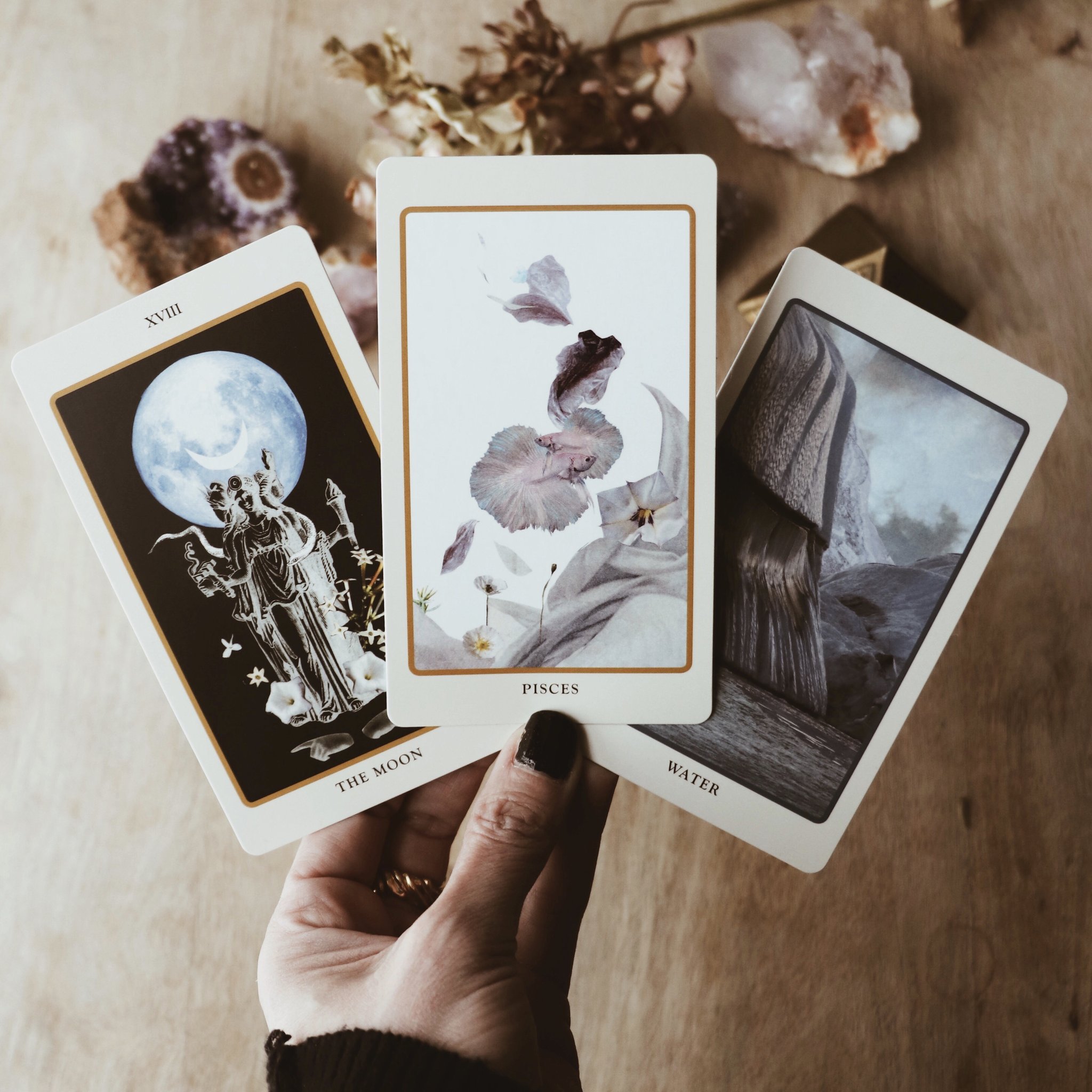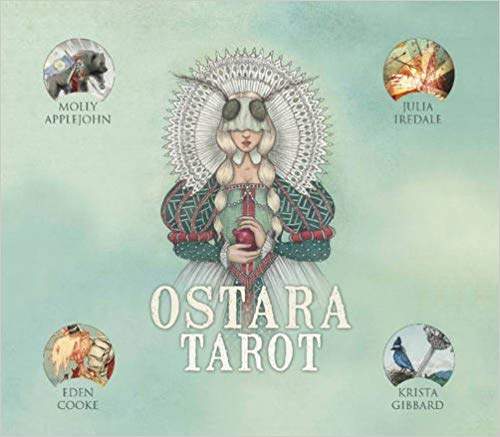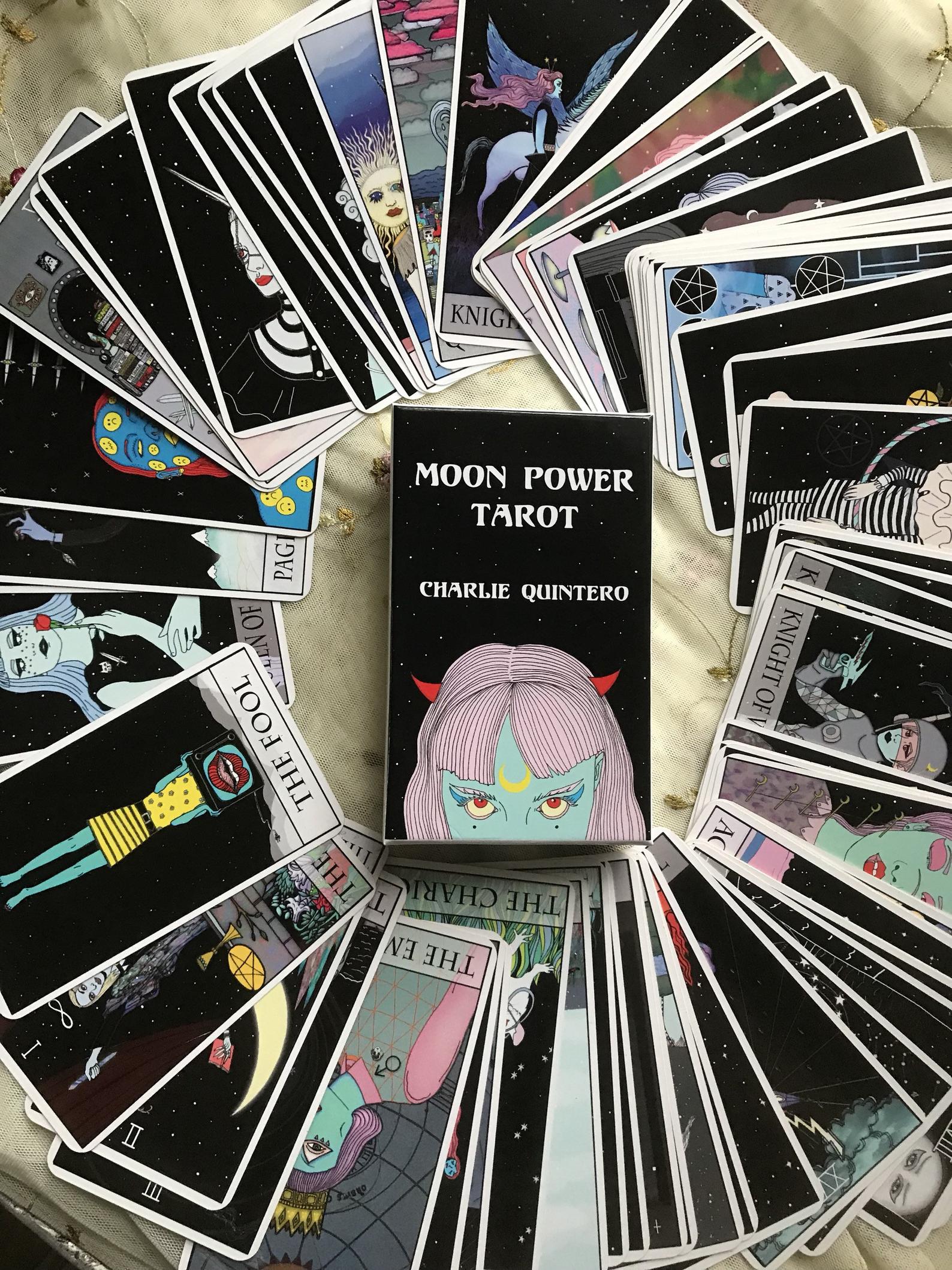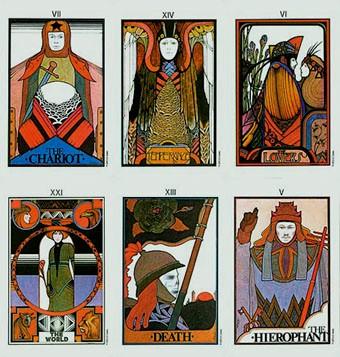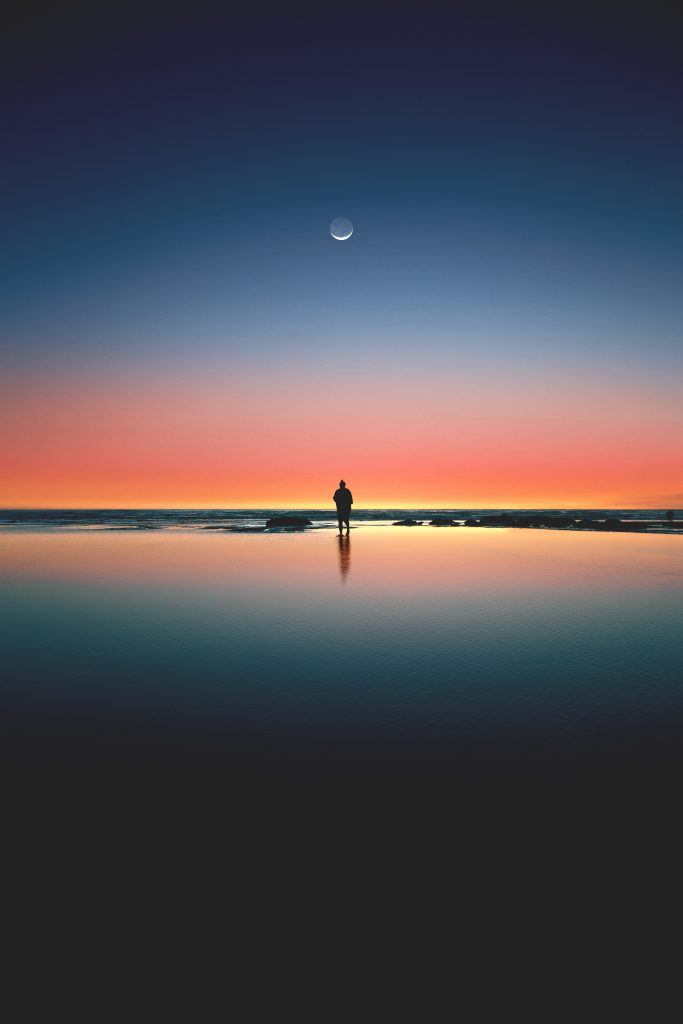
Tarot contributor Jessica explains why the holiday season is the perfect time to go deep – even to the places that you fear the most.
If your life is anything like mine, Halloween kicks off a couple of months of festive decorating and nonstop socializing. It makes sense that we want to gather with friends and family to beat back the long, cold nights with hot toddies and tinsel, but I’d like to encourage you to carve out some time and space for quiet solitude. Since I’m a bit of an introvert, this is just a necessary part of self-care for me.
There’s more to my suggestion than that, though. Winter is the perfect time to cultivate—or rekindle, or rehabilitate—a relationship with darkness and silence.
Let The High Priestess be your guide. The third card in the Major Arcana, The High Priestess is unafraid to travel wherever her search for knowledge takes her. She trusts her own inner wisdom, and it’s through knowing herself that she gets to know the universe.
If you’ve ever tried meditation—or psychotherapy—you might be aware that when we explore the contents of our own heads, unwelcome thoughts often intrude. Our first impulse is to push those thoughts right back where they came from. In these moments, The High Priestess wants you to sit with your discomfort and fear, to see what it might teach you. She wants you to step into the shadows, whether that means acknowledging the aspects of ourselves we have repressed, or acquaint ourselves with difficult truths that we’re seeing for the first time.
The High Priestess is a paradoxical card. She wants us to seek out wisdom, but she also wants to help us learn to accept not knowing. We are never going to understand everything. If we embrace this reality, we can learn to meet mystery with wonder and gratitude. Not everything makes perfect sense, and that knowledge should be a source of peace, rather than fear.
There are two more facets of The High Priestess that I think of as vitally important. The first is that she has agency. When she decides to confront the scariest aspects of herself and the universe, a past trauma may be what inspires The High Priestess to act…but she makes the choice to set out on this journey freely and consciously. The second thing to know is that The High Priestess acts not just for herself, but also for her community. She will share the healing wisdom she brings back from her travels through the underworld with those who seek it.
Some questions you might ask yourself when you draw The High Priestess:
- Am I acknowledging and honoring my own power?
- What aspects of myself am I suppressing? What aspects of myself am I afraid of?
- Where do I need healing?
- How can I use what I have learned from my own experiences to help myself? How can I use what I have learned from my own experiences to help others?
**Please remember that working with Tarot is not a substitute for care from a mental-health professional. In fact, I think that the best caregivers have High Priestess energy, in that they are people who have traveled into the darkness to learn to help others navigate their way through shadow. So if you are contemplating harming yourself or anyone else, please get the immediate support you need to protect yourself from these thoughts. Counselors with Crisis Text Line are available 24/7 if you text CONNECT to 741741. The number for the National Suicide Prevention Lifeline is 1-800-273-8255.
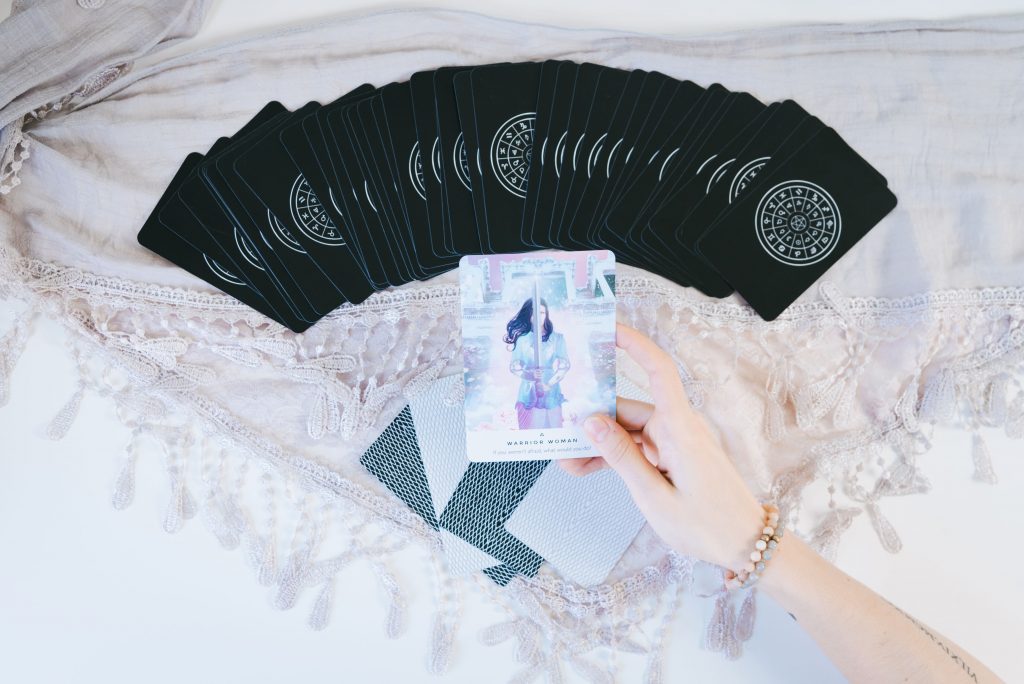
A Few Of My Favorite Tarot Decks
To round out this month’s column, I’m going to share some of my favorite decks with you. Finding a deck—or a few decks, or several decks, or too many decks—you love is essential to working with Tarot.
